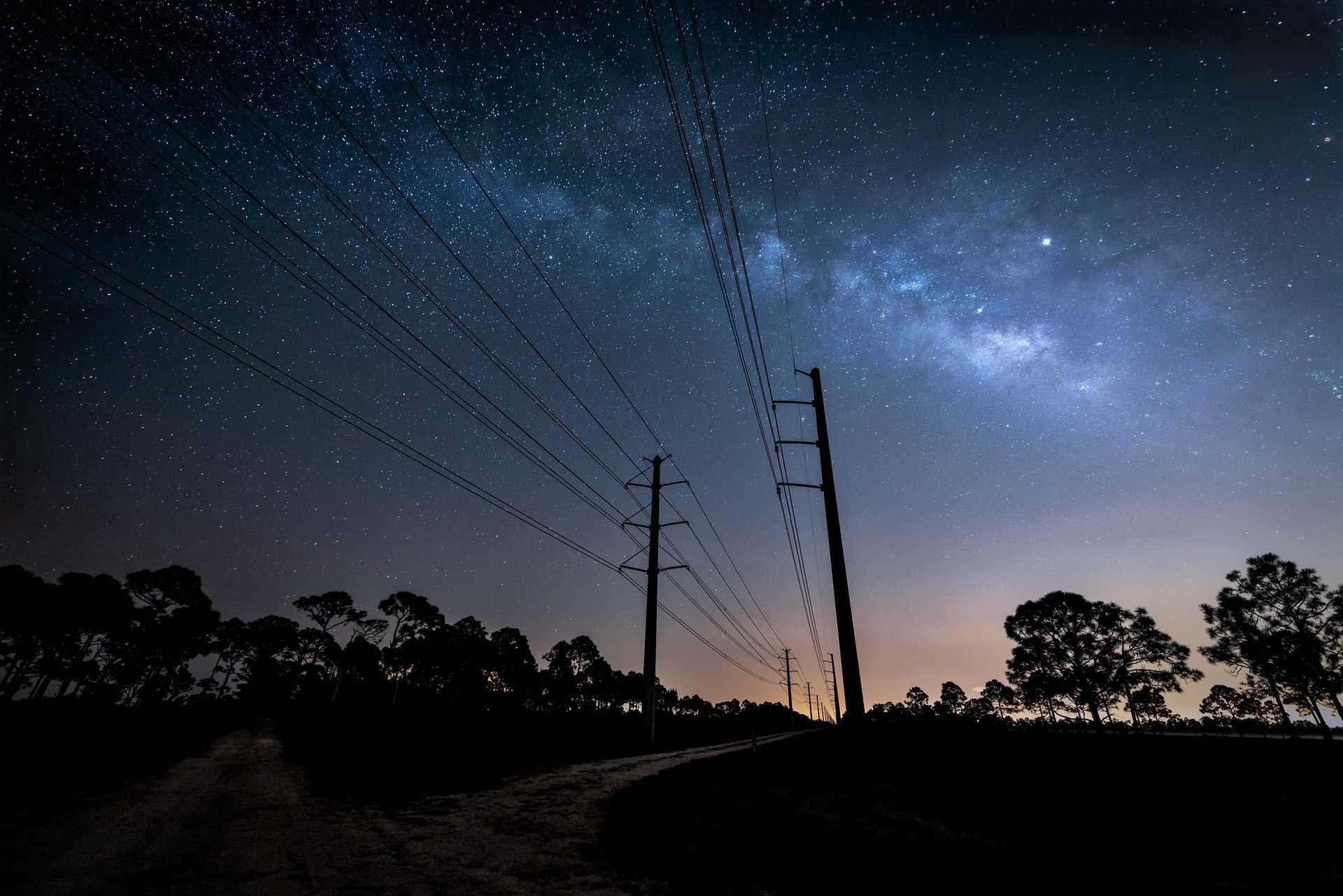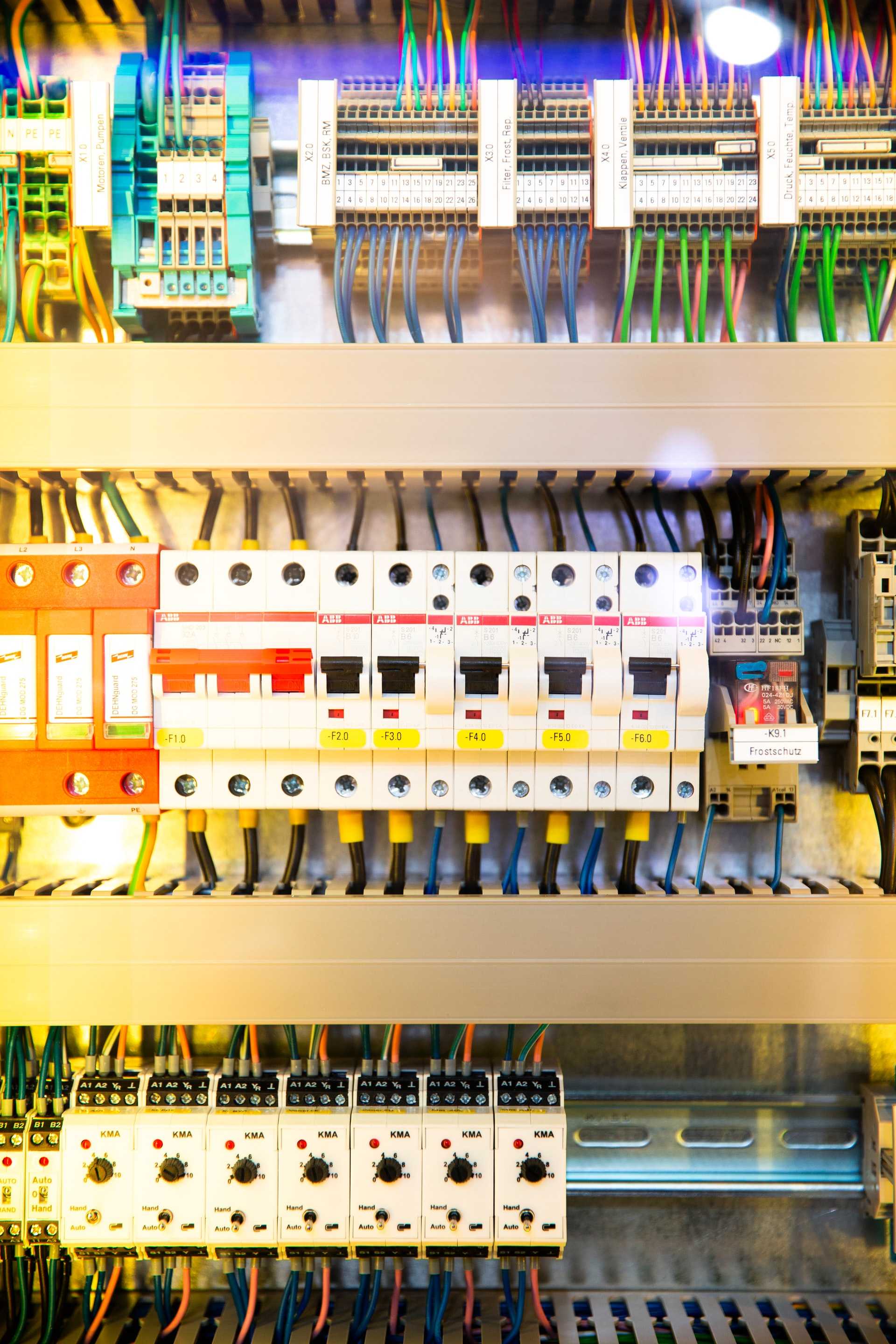
Community grids
From utilities to microgrids.
How likely? How soon? What impact?
During the 20th century, we engineered civil infrastructure for scale. The focus was efficiency and reliability. But as communities confront new risks in the years to come—environmental, economic, political, and technological—they'll look more often to distributed structures for essential utilities. Powered by new technologies for managing material, energy, and information flows, they'll build systems that operate at smaller scales but with more connections. The software powering these meshes and microgrids will enable new kinds of exchange—harnessing both market forces and cooperative dynamics to create new resource economies that can solve tough problems.
As community grids link up into neighborhood and regional systems, they'll be a powerful force for environmental, social, and economic change. But they'll compete head-on with traditional utilities, threatening their long-term viability. Unless new forms of governance ensure equitable investment and access, many places could be left behind.
Signals
Signals are evidence of possible futures found in the world today—technologies, products, services, and behaviors that we expect are already here but could become more widespread tomorrow.




..png)



